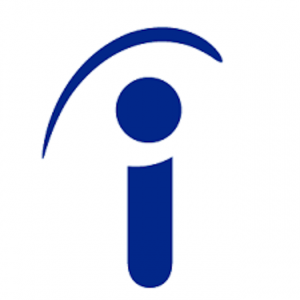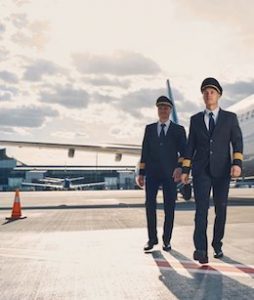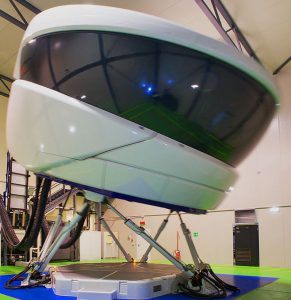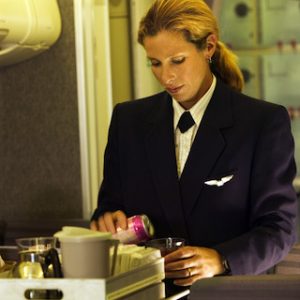Netflix Tagger Job To The Aircraft Cockpit Job
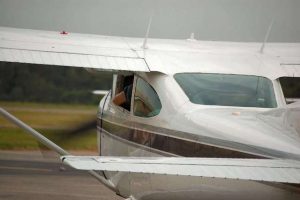 A Netflix tagger job may seem far from the flight deck, yet it sharpens many skills that help in aviation. It demands attention, precision, and pattern recognition. These same skills apply to flight planning, navigation, and crew communication. The transition from media tagging to flight operations becomes a pathway to mastery.
A Netflix tagger job may seem far from the flight deck, yet it sharpens many skills that help in aviation. It demands attention, precision, and pattern recognition. These same skills apply to flight planning, navigation, and crew communication. The transition from media tagging to flight operations becomes a pathway to mastery.
Understanding Netflix tagger job
Netflix tagger job requires you to watch content and assign metadata that describes each title. This process requires accuracy and full attention to detail. Similarly, pilots must interpret flight data and follow procedures without errors. A small mistake in either field can affect the outcome. Both depend on clean input and reliable output.
Pattern recognition in media and sky
A tagger identifies visual and audio patterns in films and shows. These patterns guide how content is sorted and recommended. Pilots also detect patterns in cloud formations, terrain, and weather changes. Recognizing these patterns in advance helps with route planning and decision-making. Both require a sharp eye and clear thinking.
Analysing complex information quickly
Taggers review large volumes of content daily and must analyze it fast. This builds mental endurance and fast thinking. In the cockpit, pilots face high volumes of information from displays, instruments, and charts. Being able to process this data quickly helps maintain flight safety and smooth operations.
Working alone with high focus
Taggers often work alone in quiet settings. This strengthens the ability to stay focused without direct supervision. Pilots must do the same during long cruise phases or when flying solo. Maintaining alertness over time builds strong habits. The discipline to work alone applies equally in both spaces.
Making fast judgments under pressure
Taggers must decide which tags to use without hesitation. There is little time to doubt decisions. Pilots face time-sensitive choices during descent, turbulence, or emergencies. The ability to trust analysis and act quickly improves with tagging experience. It shapes the habit of making clear decisions under stress.
Organising thoughts with logic
Every piece of content needs logical tags. Each tag must support the bigger picture of viewer recommendations. Pilots also follow logic in flight planning, checklist order, and in-flight communication. This ability to organise tasks in a logical flow ensures flight stability and reduces confusion in complex scenarios.
Training the brain to see details
Netflix taggers break down shows into detailed parts, mood, themes, language, and visuals. This trains the brain to focus deeply. Pilots benefit from this same mental skill during aircraft inspections and navigation reviews. Each small detail affects performance, safety, and fuel use. Training attention to detail becomes second nature.
Enhancing communication through classification
Taggers choose tags that help viewers find what they want. Their choices must match the viewer’s intent. This teaches precise communication. Pilots also use precise words when speaking to air traffic control and cabin crew. Clear communication helps avoid confusion and keeps the flight on track.
Managing screen time without fatigue
Netflix tagging includes long hours of screen time. Learning to manage eye strain, posture, and mental breaks is part of the job. Pilots also spend hours looking at flight decks and electronic flight bags. Knowing how to stay sharp without overloading the senses is a shared strength.
Becoming more tech-savvy
Taggers use digital platforms, spreadsheets, and tagging software. This builds comfort with new tools and digital workflows. Pilots operate flight management systems, onboard computers, and digital flight planning tools. A tagger’s comfort with technology makes flight systems easier to learn and manage.
Following clear guidelines and rules
Netflix tagging has standards that must be followed. Taggers do not guess or improvise randomly. Pilots work under strict aviation guidelines as well. Knowing how to stick to structured systems improves accuracy and reliability. It builds trust in systems that protect both the user and those around them.
Balancing speed with accuracy
Deadlines exist for every tagged show or movie. Taggers learn to work fast without losing accuracy. This habit helps in aviation, where pilots must manage checklists, weather updates, and reroutes quickly. Balancing pace and precision becomes a daily exercise in both fields.
Developing emotional neutrality
Taggers must view all kinds of content without judgment. They stay neutral and tag based on set rules. Pilots also stay neutral when managing in-flight issues, delays, or passenger concerns. Keeping emotions in check allows for better focus and better outcomes under stress.
Fostering time discipline
Netflix taggers work on tight schedules with constant deadlines. Meeting those daily targets sharpens time discipline. Pilots rely on tight schedules from takeoff to landing. Time awareness keeps flights running on schedule and ensures airport slots are met. Time habits carry directly from tagging into flying.
Translating visual data into action
Taggers use their eyes to pick up cues and classify them correctly. Pilots do the same when reading instruments and terrain data. Spotting the signs early can prevent issues and improve outcomes. This shared habit improves reflexes and boosts safety.
Understanding viewer needs builds empathy
Taggers learn to understand what viewers want based on data and emotional cues. This builds empathy and perspective. Pilots use empathy to improve interactions with passengers and crew. Knowing how people feel helps manage long journeys and tight timelines.
Staying sharp in repetitive tasks
Tagging becomes repetitive, but success comes from staying sharp each time. Pilots also repeat many tasks on each flight. Staying engaged without switching off builds better discipline. Repetition builds mastery when the brain stays active during routine work.
Following checklists with care
Netflix taggers follow a tagging list for each title. Missing steps leads to wrong data. Pilots also use strict checklists to confirm each task. Skipping steps can cause errors in flight. Careful checklist habits transfer directly from tagging to flying.
Developing a calm approach to critique
Netflix tagging includes regular feedback on accuracy and tag use. Learning to accept correction improves tagging skills. Pilots receive feedback during training, flights, and reviews. Being open to input and staying calm helps grow both professionally and mentally.
Creating clear mental pictures from words
Taggers match images to words, helping others visualize content. This improves descriptive thinking. Pilots benefit from this during briefings, where spoken words paint the picture of flight plans, weather risks, or procedures. Clear thinking becomes useful across many cockpit tasks.
Knowing when to ask for help
Netflix taggers must speak up if they find errors or bugs in the system. This habit builds courage to seek support. Pilots need that same instinct when dealing with technical faults or navigation doubts. Reaching out at the right time can save time and prevent risks.
Training the mind for long-term focus
Tagging for long hours builds long-term focus. That kind of mental endurance helps pilots stay focused through long-haul flights. Keeping the mind strong during long shifts improves safety, confidence, and sharp thinking in every phase of flight.
Switching between tasks seamlessly
Taggers shift between different genres, styles, and content lengths quickly. Pilots also switch between radio calls, flight controls, weather monitoring, and navigation. Being able to pivot without confusion helps both fields. It builds agility in thinking and moving with purpose.
Building the habit of reviewing work
Taggers often review their tags for errors before submission. This habit strengthens quality control. Pilots must review takeoff settings, altitudes, and frequencies to avoid issues. The habit of checking twice becomes a mental safety net.
Gaining exposure to diverse cultures
Taggers view global content and see many cultures, habits, and beliefs. This builds awareness of cultural variety. Pilots fly across borders, where this awareness improves communication and respect for different norms. The habit of learning about others helps in many flight settings.
Sharpening focus through audio cues
Taggers listen to sound levels, language use, and musical tone. This improves the brain’s ability to focus on sound. Pilots use headsets daily to follow audio instructions, weather broadcasts, and cabin calls. Good listening habits are priceless in the air.
Becoming comfortable with evaluation
Netflix taggers are reviewed through performance checks. This creates a growth mindset and reduces fear of being watched. Pilots are assessed often through check flights and training sessions. Comfort with feedback helps build better flying skills and strong nerves under pressure.
Transferring digital discipline into the cockpit
Netflix taggers operate in digital-only settings. That familiarity helps when using modern aircraft systems. Pilots who embrace digital tools perform better. The tagging job creates habits that transfer well into aviation tech use.
Shaping a professional mindset
Netflix taggers learn how to meet goals, follow structure, and communicate with teams. These same skills are useful in any cockpit. From tracking time to managing crew dynamics, tagging builds a mindset that fits the aviation world naturally.
When streaming precision meets aviation excellence
Working as a Netflix tagger may look far from flying jets, but it strengthens the mind in powerful ways. From logic to observation and communication to focus, each tagging day becomes silent training. In the cockpit, those skills return, refined, sharp, and ready for the skies.



